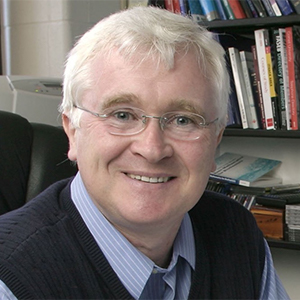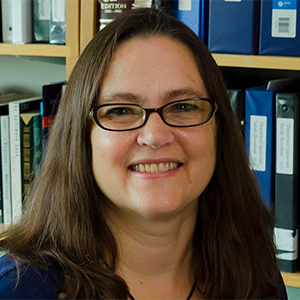Enzymes show off new moves
Enzymes are responsible for the chemical reactions that enable all forms of life. Whether it’s the archaea living in hot springs, the bacteria deep in our soil, the plants harnessing energy from the sun or all animals, including us humans, we are all united in our reliance on enzymes.
Understanding enzymatic chemistry enables us to tackle critical health and environmental problems, such as designing new therapeutics for diseases or using unique enzymatic capabilities for bioremediation. However, we have only skimmed the surface of learning the full scope of chemical reactions that are enzymatically catalyzed, the mysterious and intricate mechanisms that can be performed, and the dynamic motions enzymes undergo to accomplish their chemical tasks.
The presentations in this session will cover many exciting developments in enzymology, including recently discovered enzymatic functions, evidence for trapping long-anticipated enzymatic intermediates, insight into how various cofactors can enable unique reactions, and cutting-edge experimental approaches enabling us to understand better how enzymes dynamically function. There’s still a whole lot to learn about how enzymes get their jobs done.
Keywords: enzymes, enzyme mechanisms, structural biology, biochemistry, radical SAM enzymes, metalloenzymes, natural product biosynthesis
Who should attend: all who are fascinated by how enzymes can use some newly discovered tricks, handy cofactors and dynamic movements to carry out their chemistry
Theme song: “This is How We Do It” by Montell Jordan
This session is powered proteins, cofactors and coffee.
Talks
- Repairing enzymes using spare parts — Cathy Drennan, Howard Hughes Medical Institute and Massachusetts Institute of Technology
- Machinery in motion: New insights into mitochondrial proteostasis — Gabriel Lander, Scripps Research
- Structural biology of natural product biosynthetic enzymes — Janet Smith, University of Michigan
- An aerobic strategy for C–H bond functionalization — Jennifer Bridwell–Rabb, University of Michigan
- Riboflavin catabolism: The destruction of an icon — Tadhg Begley, Texas A&M University
- Correlated motions in enzymes — Nozomi Ando, Cornell University
- Nickel pincer nucleotide: Biosynthesis and function — Robert Hausinger, Michigan State University
- Bacterial biosynthesis of natural products —Katherine Ryan, University of British Columbia
- Radical SAMs and the vast unexplored chemistry of RiPP natural products —Douglas Alan Mitchell, University of Illinois Urbana–Champaign
- The biosynthesis of lipoic acid: A saga of death, destruction and rebirth — Squire Booker, Penn State University
- Unraveling the secrets of radical SAM mechanisms — Joan Broderick, Montana State University
- How do aerobic organisms solve the oxygen sensitivity problem of [4Fe–4S] in radical SAM enzymes? — Hening Lin, Howard Hughes Medical Institute and Cornell University
Learn more
Check out all ten thematic symposia planned for the 2022 ASBMB annual meeting:
Enjoy reading ASBMB Today?
Become a member to receive the print edition four times a year and the digital edition monthly.
Learn moreFeatured jobs
from the ASBMB career center
Get the latest from ASBMB Today
Enter your email address, and we’ll send you a weekly email with recent articles, interviews and more.
Latest in Science
Science highlights or most popular articles

E-cigarettes drive irreversible lung damage via free radicals
E-cigarettes are often thought to be safer because they lack many of the carcinogens found in tobacco cigarettes. However, scientists recently found that exposure to e-cigarette vapor can cause severe, irreversible lung damage.

Using DNA barcodes to capture local biodiversity
Undergraduate at the University of California, Santa Barbara, leads citizen science initiative to engage the public in DNA barcoding to catalog local biodiversity, fostering community involvement in science.

Targeting Toxoplasma parasites and their protein accomplices
Researchers identify that a Toxoplasma gondii enzyme drives parasite's survival. Read more about this recent study from the Journal of Lipid Research.

Scavenger protein receptor aids the transport of lipoproteins
Scientists elucidated how two major splice variants of scavenger receptors affect cellular localization in endothelial cells. Read more about this recent study from the Journal of Lipid Research.

Fat cells are a culprit in osteoporosis
Scientists reveal that lipid transfer from bone marrow adipocytes to osteoblasts impairs bone formation by downregulating osteogenic proteins and inducing ferroptosis. Read more about this recent study from the Journal of Lipid Research.

Unraveling oncogenesis: What makes cancer tick?
Learn about the ASBMB 2025 symposium on oncogenic hubs: chromatin regulatory and transcriptional complexes in cancer.


